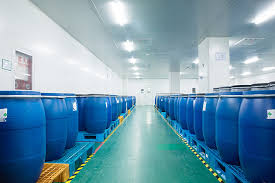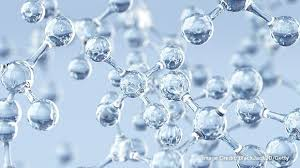What Is the Difference Between Polyethylene and Polypropylene Packaging Bags?
The production processes of polyethylene and polypropylene raw materials are relatively similar, and the products can be used to make plastic films, injection molded products, plastic pipes, etc. In many cases, the properties and uses of the two raw materials are very similar. But in fact, there are still many differences in the application of polypropylene raw materials and polyethylene raw materials, as shown in the following table:

Remarks: The above comparison is based on the comparison of polypropylene and polyethylene
From the perspective of heat resistance, the heat resistance of polypropylene is higher than that of polyethylene. Under normal circumstances, the melting temperature of polypropylene is about 40%-50% higher than that of polyethylene, which is about 160-170℃, so the product can Sterilize at a temperature above 100°C, and will not deform at 150°C without external force. In daily life, we will find that "5" polypropylene lunch boxes are often used to heat food in microwave ovens (the general temperature of microwave heating is 100-140℃), and polyethylene cannot be used as plastic for microwave ovens due to its poor heat resistance. , Including lunch boxes, plastic wrap. Similarly, in the field of ordinary packaging films, polyethylene packaging bags are more suitable for use at temperatures below 90°C, while polypropylene packaging bags can be used at relatively high temperatures.
From the perspective of rigidity and tensile strength, polypropylene is characterized by low density, better mechanical properties than polyethylene, and outstanding rigidity.
From the perspective of low temperature resistance, polypropylene is weaker in low temperature resistance than polyethylene. The impact strength at 0°C is only half of that at 20°C, while the brittleness temperature of polyethylene can generally reach below -50°C; Increase, the lowest can reach -140℃. Therefore, if the product needs to be used in a low temperature environment, it is still necessary to choose polyethylene as the raw material.
From the perspective of aging resistance, the aging resistance of polypropylene is weaker than that of polyethylene. The structure of polypropylene is similar to that of polyethylene, but due to the presence of a side branch composed of methyl groups, it is more susceptible to oxidative degradation under the action of ultraviolet light and heat. . The most common polypropylene product that is prone to ageing in daily life is the woven bag. The woven bag is easily broken when exposed to the sun for a long time. In fact, although the aging resistance of polyethylene is higher than that of polypropylene, compared with other raw materials, its performance is not very outstanding, because the polyethylene molecule contains a small amount of double bonds and ether bonds, and its weather resistance is not good. , Sun and rain can also cause aging.
From the perspective of flexibility, although polypropylene has high strength, it has poor flexibility, and technically speaking, it has poor impact resistance. Therefore, when it is used to make film products, its application field is still different from that of polyethylene. Polypropylene film is more used for surface packaging printing.
As two important products of general-purpose plastics, polypropylene and polyethylene have great similarities in their uses, so they often replace each other. But in fact, in some cases, the product has its own special application scope, which cannot be changed by the price advantage.




Comments
Post a Comment